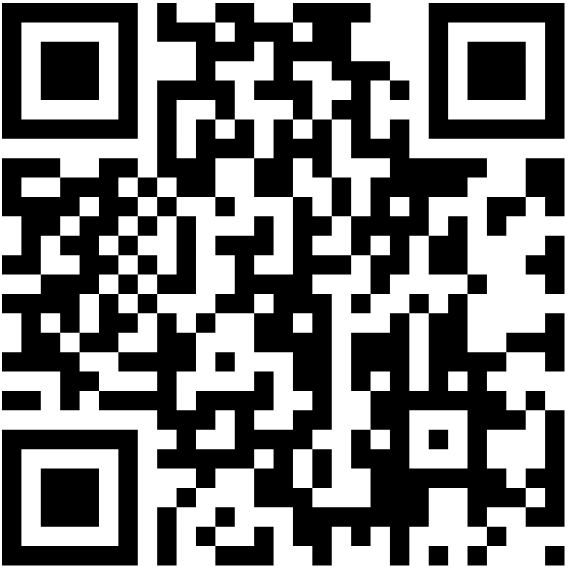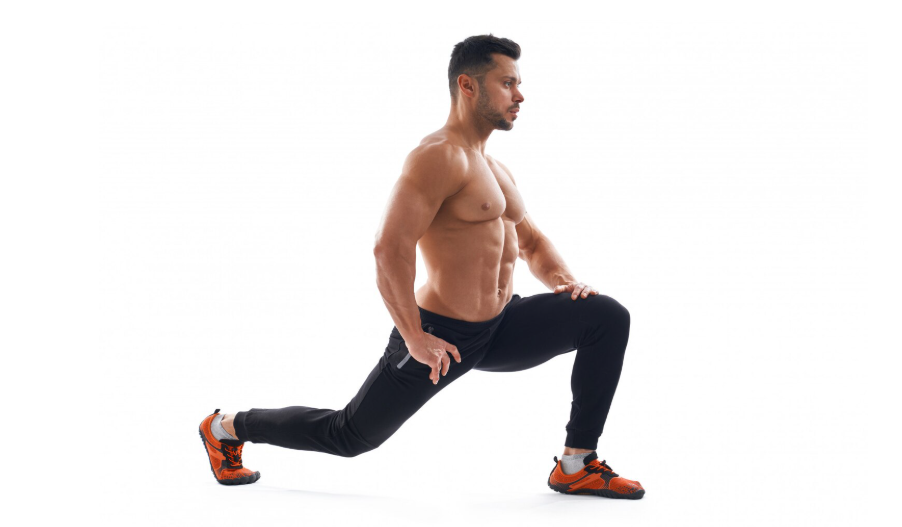Bridge Pose: Build Core Stability at Home
Bridge Exercise Instructions
-
Start on Your Back
- Lie flat on your back on a mat or comfortable surface. Bend your knees and place your feet flat on the floor, hip-width apart. Your arms should be at your sides, palms facing down.
-
Engage Your Core
- Tighten your abdominal muscles to support your spine and prepare for the lift.
-
Lift Your Hips
- Push through your heels and lift your hips off the ground. Your body should form a straight line from your shoulders to your knees at the top of the movement.
- Squeeze your glutes and engage your core while lifting.
-
Hold the Position
- Maintain the elevated position for a moment, focusing on squeezing your glutes and keeping your hips level.
-
Lower Slowly
- Lower your hips back down to the floor with control, stopping just before your buttocks touch the ground to keep tension in your muscles.
-
Repeat
- Perform the desired number of repetitions, maintaining controlled movements throughout the exercise.
Bridge Exercise Tips
-
Keep Your Back Straight
- Ensure your back remains straight throughout the movement. Avoid overextending or arching your lower back excessively, which can cause strain.
-
Engage Your Core
- Keep your abdominal muscles tight to support your spine and stabilize your torso during the lift. This helps prevent lower back discomfort.
-
Press Through Your Heels
- Focus on pushing through your heels rather than your toes to activate your glutes more effectively. Your feet should remain flat on the floor.
-
Maintain Hip Alignment
- Ensure your hips are level and aligned throughout the exercise. Avoid letting one hip drop lower than the other.
-
Breathe Properly
- Inhale as you prepare to lift your hips and exhale as you push up. Controlled breathing helps maintain rhythm and support core engagement.
-
Avoid Overextending
- Lift your hips only as high as comfortable, aiming for a straight line from your shoulders to your knees. Excessive lifting can place undue stress on your lower back.
-
Use Proper Foot Placement
- Place your feet hip-width apart and ensure they are flat on the floor. Adjust the distance of your feet from your buttocks to find a comfortable and effective position.
-
Incorporate Variations for Increased Challenge
- Single-Leg Bridge: Lift one leg off the ground while performing the bridge to increase intensity and target each glute individually.
- Weighted Bridge: Place a weight (like a barbell or dumbbell) across your hips for added resistance.
- Elevated Bridge: Place your feet on an elevated surface (like a step or bench) to increase the range of motion and difficulty.
-
Perform Regularly
- Include the bridge exercise in your routine regularly to strengthen your glutes, hamstrings, and lower back, as well as improve core stability.
-
Rest and Recover
- Allow adequate rest between sets to prevent overtraining and muscle strain. Recovery is important for muscle growth and strength.















